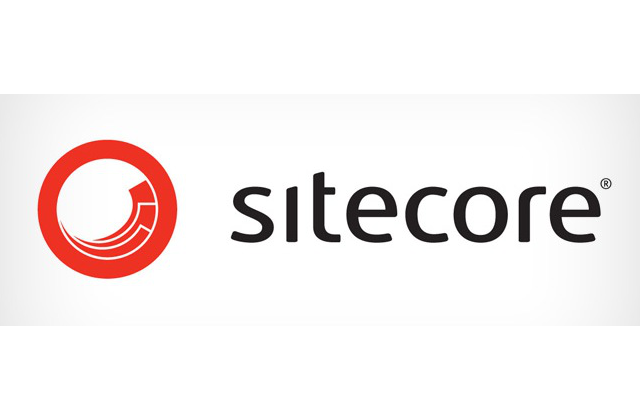Sitecore Development: Choosing the Right Information Architecture Approach for Your Business
— December 7, 2017When planning your Sitecore development, it’s important to consider your goals and user needs. Proper Sitecore implementation plays a significant role in shaping a successful enterprise website. With the right guidance, Sitecore can be adapted to meet both your content requirements and marketing objectives.
Compared to other enterprise content management systems, Sitecore offers a great deal of flexibility. To assist businesses, Sitecore provides several best practice guidelines for development. However, there are different approaches to implementing Sitecore, and understanding these approaches can help you choose the one that best aligns with your goals.
Sitecore Information Architecture (IA) Best Practices
Sitecore is designed with scalability and ease of use in mind. Your approach to Sitecore’s Information Architecture (IA) will depend on how the system will be used, which involves your page structures, object blocks, and navigation settings. Following Sitecore’s best practices is crucial for ensuring a smooth content management experience.
One of Sitecore’s main guidelines is the organization of content items under the home node. Pages should be placed under the home node, while other content types should not. This approach helps in managing the site’s content effectively and ensures that only page-related items appear in the site map. Pages placed directly under the home node represent the content that visitors will interact with, and these pages should primarily contain presentation data.
Why Follow Sitecore’s Best Practices?
Following Sitecore’s best practices ensures that your content is organized efficiently, making it easier for editors to manage. When content items are stored under the home node, they appear in the site map, making them visible to search engines. This means that non-page content, if placed under the home node, could be indexed by search engines when you may not want it to be.
Moreover, adhering to the best practices allows you to manage Datasources more effectively. If content is scattered in various locations, it becomes challenging for editors to add widgets, modify Datasources, or create new content. By keeping content organized within a consistent structure, editors can quickly find and manage content, reducing time spent searching through the system.
An example of why this practice matters can be found in the case of A/B testing. If an editor wants to test a promo panel from one page on another, the system should allow them to easily reuse the content. However, if non-page content is placed incorrectly, the editor will not be able to access the data source window and reuse the content. In this situation, they would have to create a new item with the same data, resulting in duplication and inefficiency.
What Happens When You Don’t Follow the Best Practices?
While Sitecore’s guidelines provide a clear structure, there are cases where not following them can still be justified. It depends on the preferences of the editor and the perspective of the developer. For example, if you have content like a text block that will only be used on a single page, you might place it under the page in the site map for easier access. However, if the editor later wants to reuse that content on another page, finding it could become cumbersome, especially if the content is deeply nested in the site structure.
Placing content in a disorganized way can also lead to confusion, as editors may struggle to find content across the site tree. This can significantly slow down content updates and create a less efficient workflow.
How to Optimize Sitecore Development for Your Needs
When planning your Sitecore development, the goal should be to make it work for your specific business requirements. Your team of editors should be able to quickly navigate the Sitecore environment and use all of its tools without having to worry about where content is stored. Consistency and ease of access are key.
The Sitecore content management system (CMS) should be intuitive, allowing editors to focus on creating and managing content instead of struggling with the technical aspects of the system. A well-organized CMS reduces the need for extensive training and minimizes mistakes that could result in delays or errors.
Sitecore development is not static. It can be molded to suit your business’s specific needs and preferences. With the right digital partner, you can integrate Sitecore’s best practices while creating a solution that meets your goals. A skilled development team understands how to leverage the platform to its full potential and can provide insights on how to optimize its features for your business.
Making Sitecore Work for Your Business
To get the most from Sitecore, it’s important to work with a Sitecore digital partner who is well-versed in the platform and understands your business needs. Whether you are based in Vietnam or any other location, partnering with the right team can ensure your Sitecore instance is set up and configured to work efficiently. The right approach to Sitecore development can streamline content management, improve the user experience, and boost overall website performance.
When considering Sitecore for your business, it’s important to choose a sitecore partner who can provide ongoing support and optimization. Sitecore development is not a one-time effort; it requires ongoing attention to ensure the system remains efficient as your business evolves.
If you’re a current Sitecore user or thinking about adopting it for your business, consider a Sitecore audit to assess how well your current setup meets your needs. Through a comprehensive audit, you can identify areas for improvement and optimize your Sitecore instance for better content management and user experience.
Final Thoughts
Sitecore is a powerful platform that, when implemented correctly, can help businesses manage their digital content efficiently. By following best practices for Information Architecture and ensuring consistency in content storage, businesses can make the most of Sitecore’s capabilities.
Whether you are focusing on web, mobile, or outsourcing development in countries like Vietnam, understanding the right approach to Sitecore development will help you get the best results. If you’re considering a Sitecore implementation or want to optimize your existing setup, reach out to a qualified Sitecore partner for a demo or an audit to see how you can get more from the platform.
If you want to learn more about Sitecore or need assistance with your Sitecore development, a trusted partner like S3Corp, with its experience in enterprise-level web development, can guide you through the process. By focusing on the correct architecture and implementation strategies, you can ensure that Sitecore works seamlessly for your business needs, helping you manage and deliver content effectively across all channels.






